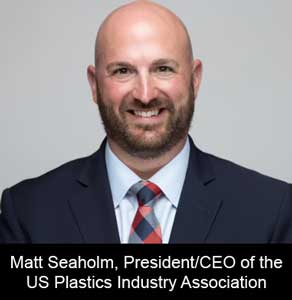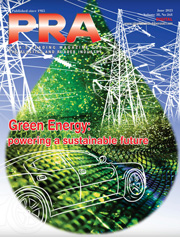Economy disruptions expected due to tariffs imposed by US govt

US President Trump is sticking to his guns on pre-election “promises” he made and is on a tariff increase spree. The latest tariff announcement by Trump turned out to be harsher than many analysts had envisaged, with a 10% general tariff on imports to the US and additional targeted tariffs on dozens of other countries, including quite a few in Asia.
For instance, European Union countries will see a 20% tariff, and Japan, a 24% rate, Vietnam will face a 45% tariff and Thailand, 36%.
Even though Taiwan is a key US ally, it is set to face a 32% tariff for its exports to the US and said the tariffs were “highly unreasonable.”
Japan, another top US ally, called the 24% duty “extremely regrettable.”
Elsewhere, Indian goods will have a 26% tariff, even after Trump called India’s Prime Minister Modi “a great friend”, yet accused the country of not treating the US fairly.
Amongst the US trading partners, India and Vietnam will face the highest “discounted reciprocal tariffs”. Trump insists the tariffs are “kind reciprocal” arguing that many countries impose higher levies on US exports.
Matt Seaholm, President/CEO of the US Plastics Industry Association issued a statement pointing out the new tariffs will disrupt supply chains, increase production costs, and undermine the country’s global competitiveness.
“Rather than imposing across-the-board tariffs that will harm American manufacturers and stifle growth, we encourage the administration to consider more targeted policies that take into account supply chains, promote investment, and maintain growth in US manufacturing,” he added.
With a slowdown expected in the US economy and higher costs of products, especially if US producers will not absorb the tariff increases, the taxes on US importers of foreign products are a major unilateral escalation of Trump’s trade war, though the White House has been describing them as “reciprocal” due to long-standing trade deficits run by the US and higher tariffs in some countries.
Meanwhile, Seaholm furthered that the US plastics industry is a cornerstone of the country’s manufacturing and a critical contributor to its economy. “In 2023, the US plastics industry exported $74.2 billion in goods—more than it imported—resulting in a trade surplus of nearly US$1 billion.”
He said, “The plastics industry supports President Trump’s goal of revitalising American manufacturing, and our industry is aligned with that mission. We supply the essential tools and materials needed to build more products, create more jobs, and strengthen our economy right here at home. Plastics manufacturers produce the materials, components, and equipment that fuel nearly every other manufacturing sector in the US -- from semiconductors and automobiles to medical devices and consumer goods. We don’t just support American manufacturing; we make it possible.”
He urged for “a thoughtful, strategic approach to trade and tariffs”.
Even so for the plastics/chemical sector, the White House has excluded many products from the tariffs, including polymers such as polyethylene, polypropylene, polyethylene terephthalate; petrochemicals like phenols and ethylene; and other large-volume chemicals such as titanium dioxide.
The list also excludes pharmaceutical products, semiconductors, and energy products but these maybe subject to tariffs later on.
The American Chemistry Council (ACC) says it is looking at the tariff increases to see how they will affect the US industry. “ACC wants to work consistently with the administration on a pro-growth trade agenda that decreases America’s supply chain vulnerabilities while negotiating new measures that benefit domestic production and jobs,” ACC added in a statement.
(PRA)SUBSCRIBE to Get the Latest Updates from PRA Click Here»




